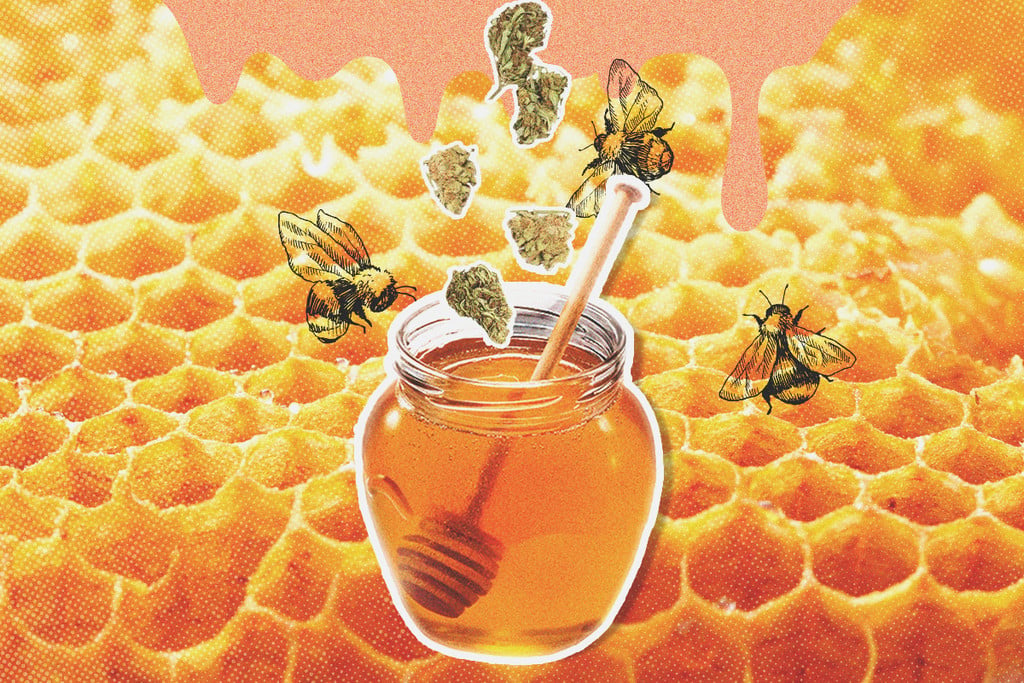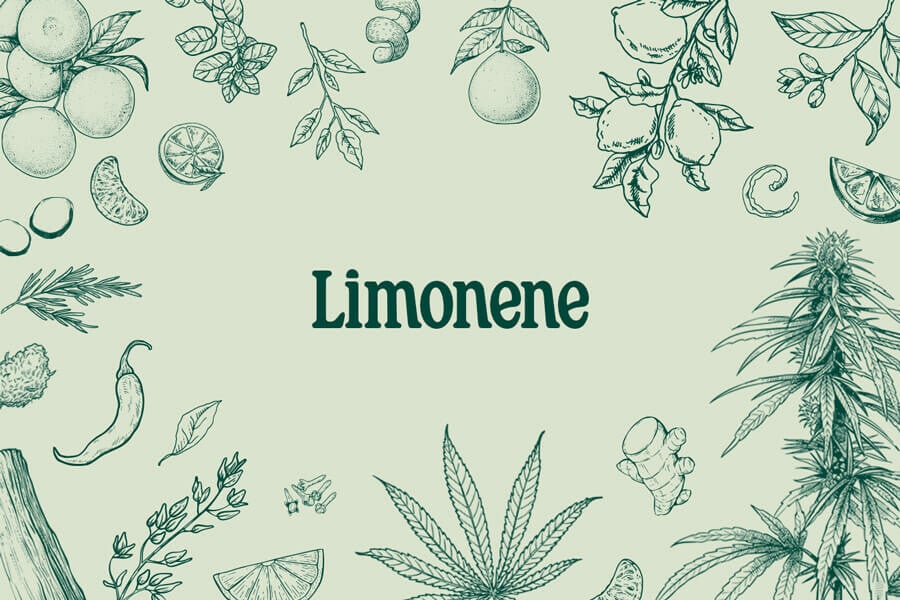.

Cannabis For Cold & Flu: Can Weed Help Fight The Common Cold?
As research has started to show, cannabis produces a variety of cannabinoids and other compounds with therapeutic potential. But are they able to help alleviate cold and flu symptoms? We can't say for certain, but the current studies out there look promising.
The common cold and flu can spread through an office or campus like wildfire. Sit next to the wrong person, and you could find yourself coming down with something the next day. Sure, minor colds might give you a stuffy nose for a few days. At the same time, if you get a bad case of the flu, it can knock you down for a couple of weeks.
Contents:
Now, most people reach for acetaminophen and copious amounts of tea when feeling under the weather. Those are all great, but there might be other (read: more fun) options to help take the edge off. What’s better, those options come in the form of delightful cannabis buds.
WHAT CAUSES THE COMMON COLD?
Over 200 different viruses can cause symptoms of the common cold. Old wives' tales blame chilly weather as the culprit, but the condition could actually be underpinned by hundreds of different microorganisms. Nowadays we know that over 200 different viruses can cause symptoms of the common cold.
People come down with symptoms of the common cold after breathing in viral particles. These pathogens usually enter your lungs after you’ve been near someone coughing, sneezing, or simply breathing. You’re also vulnerable if you touch a contaminated surface and wipe your mouth/pick your nose without washing your hands.
The common cold can strike at any time, but infection rates increase dramatically during autumn and winter. The start of the academic year, which occurs as the months grow colder, typically involves less-effective ventilation and more people in close proximity, which also helps cold viruses to spread.
Several risk factors also increase a person’s chances of catching a cold. These include:
• Being young or old: The youngest and oldest people are most at-risk for serious cases
• Having a compromised immune system
• Being a frequent smoker
HOW COMMON COLDS AFFECT THE BODY
Cold viruses cause upper respiratory infections. When viral particles first enter the airways, your immune system rises to the occasion.
White blood cells—macrophages and lymphocyte helper T cells—will first differentiate between pathogens or foreign particles and the body’s own cells. Once they identify the enemy, these white blood cells—including other kinds of leukocytes and natural killer cells—begin to wage war (cellular response). Soon after, the adaptive immune system kicks in with the humoral response.
White blood cells—lymphocyte B cells—manufacture antibodies specifically designed to combat the new pathogen. This second mechanism is the one providing “memory” to the immune system. This means that the body can defend itself against future infections by the same pathogen using the same pre-designed proteins.
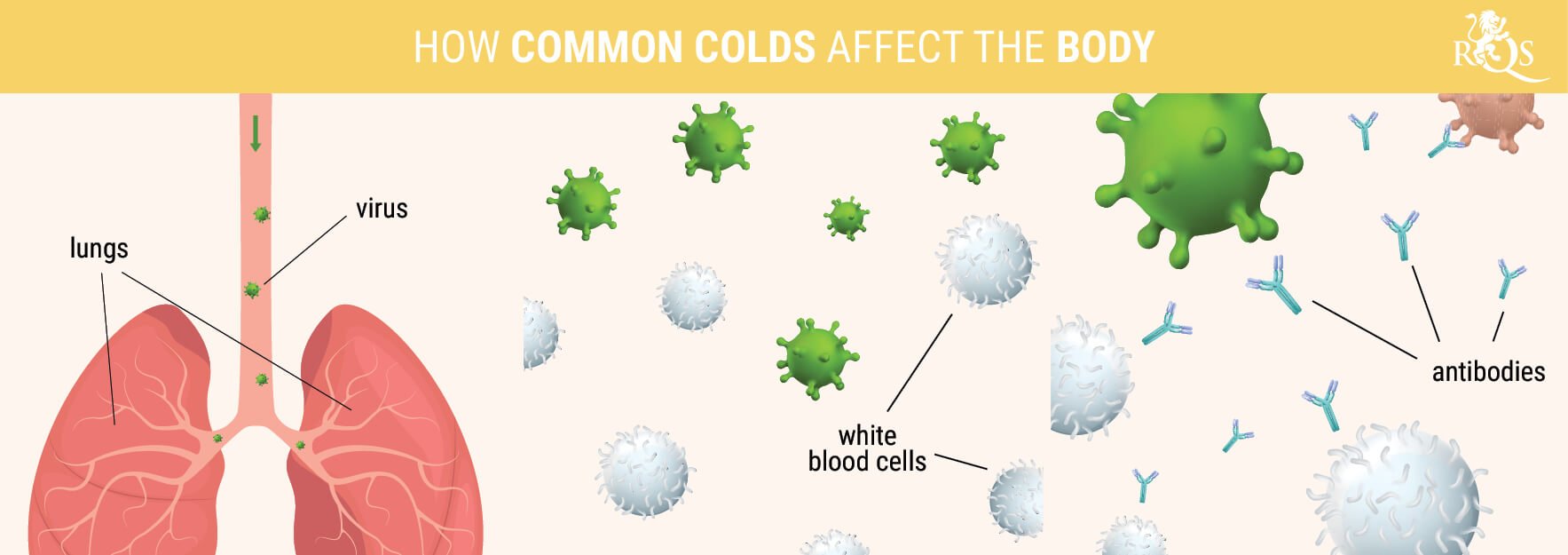
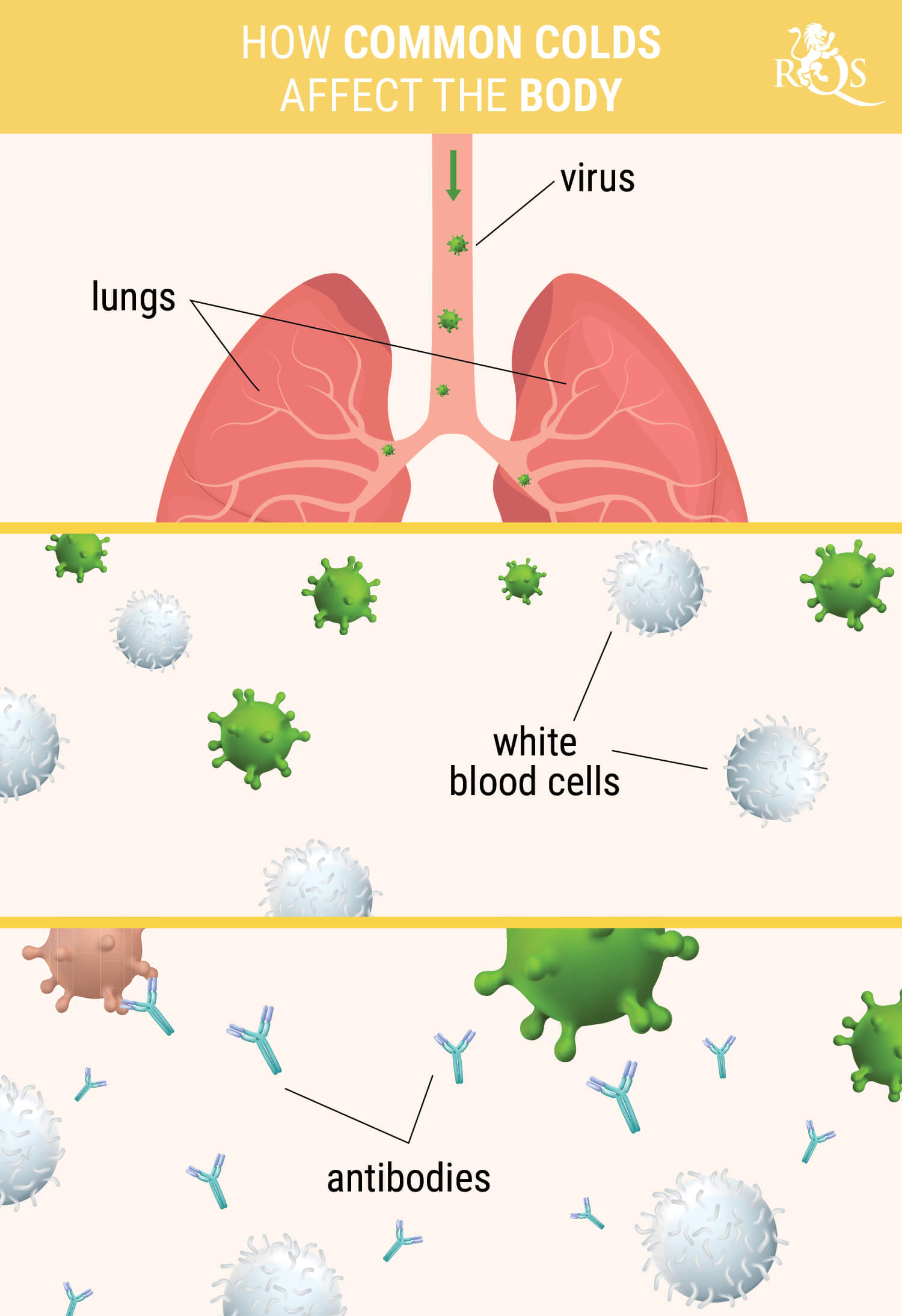
You’ll experience many physical symptoms during this microscopic war. These usually include:
• Stuffy nose
• Sneezing
• Hoarseness
• Cough
• Earache
• Low-grade fever
• Fatigue
Most people recover before anything else happens. It doesn’t fade as easily for everyone, though. Symptoms of an advanced cold include secondary processes like:
• Ear infection
• Sinusitis
• Strep throat
• Chest infection
CAN CANNABIS HELP RELIEVE COMMON COLD SYMPTOMS?
No cure exists for the cold. You simply need to endure it until the body defeats the pathogen. However, conventional approaches like painkillers and decongestants could reduce symptoms. Alternative treatments such as zinc, vitamin C, and other herbal remedies could apparently also help in some cases.
Cannabis, as it turns out, might belong in the latter category. Humans have used the herb to address many different ailments for thousands of years. Sceptical of ancient practices, though?
Modern scientific analysis has also shown that many of the phytochemicals in cannabis possess therapeutic potential.
That being said, little to no evidence exists that cannabis can alleviate the common cold. No human trials have demonstrated if the herb helps or hurts the body as it works to eliminate the virus. However, certain chemicals within the plant show the potential to help tackle some of the symptoms.
INFLAMMATION
A substantial amount of the symptoms of the common cold stem from inflammation[1]. Your immune system—not the pathogen—interacts with other systems, causing symptoms such as a sore throat and runny nose. The body instigates an inflammatory response for a key reason: to allow white blood cells to fend off the infection.
Although inflammation serves a purpose, it can lead to uncomfortable sensations. Hence, anti-inflammatory drugs such as NSAIDs are often advised to reduce cold symptoms. As it happens, cannabis also produces molecules with anti-inflammatory potential.
Research published in the European Journal of Pharmacology[2] in 2019 tested the effects of CBD on airway inflammation in mice with asthma. After administering CBD, they found the cannabinoid to not only decrease inflammation symptoms, but to improve their airway remodelling processes. CBD was believed to exert these immunomodulatory effects by interacting with CB1 and CB2 receptors, to different degrees.
Previous research published in 2015[3] found CBD to improve lung function and inflammation in mice with acute lung injury. Additional research published in Immunopharmacology[4] examined the effects of THC and CBD on cytokine production in human immune cells. Cytokines are signalling molecules used to drive inflammatory responses. Fortunately, both THC and CBD were observed to strongly inhibit the production of some cytokines.
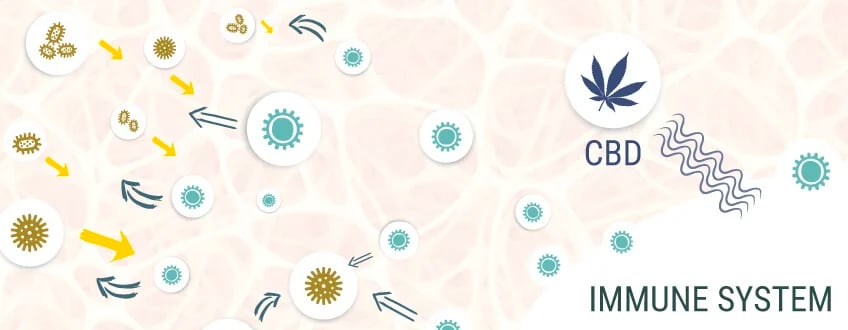
PAIN
Along with inflammation, CBD may help to reduce cold and flu-related pain. For example, a 2007 study[5] found CBD to act as an orally effective therapeutic agent for chronic inflammatory and neuropathic pain in mice.
However, it might work better for pain when taken alongside THC. Researchers found that CBD enhanced[6] and prolonged THC’s pain-reducing effects when the two cannabinoids were given to mice in combination.
Neither of these studies say anything about how these treatments will work for humans. Considering that, though, they’re promising starting points for future research.
POOR-QUALITY SLEEP
Lack of sleep seriously disturbs immune function. In fact, people who are sleep deprived are more likely to get sick[7] after being exposed to a common cold virus. In turn, getting a good amount of sleep while sick can also change how fast your body recovers.
Adding another potential benefit to the checklist, studies suggest that CBD may help people autumn asleep[8] and stay asleep. Researchers believe these effects are partly caused by a reduction in anxiety that otherwise keeps people awake.
THC may also help to decrease the amount of time[9] it takes to autumn asleep. However, heavy and long-term use appears to actually decrease sleep quality[10] by reducing REM sleep.
Many cannabis strains also produce high levels of the terpene myrcene. The molecule displays soporific effects, with research[11] showing it to enhance muscle relaxation and increase sleep time in mice.
DOES SMOKING CANNABIS MAKE A COLD OR FLU WORSE?
So far, we’ve been making a good case for cannabinoids. The act of smoking, however, is another issue.
Of course, letting carcinogenic compounds into your airways when you have a respiratory illness won’t do your body any favours. There is no evidence to suggest that doing so will make your condition worse, which also doesn't mean evidence of neutrality or benefit, but it makes sense to avoid it. Harsh smoke might exacerbate an already sore and dry throat, ultimately making those symptoms worse.
Using Cannabis While Having a Common Cold
If you decide to use the herb while you have a cold, there are methods available that don’t involve passing hot smoke down your sore, cold-ridden throat.
Cannabis Tea
In turn, adding a touch of cannabis to the mix might be just what some people need to ease their symptoms. Cannabis tea allows users to avoid inhaling anything, and it produces more intense effects than smoking.
Here is a simple recipe to prepare an aromatic cannabis tea.

CANNABIS TOPICALS
The common cold often causes fatigue and aching muscles. Since you’re applying it directly to the skin as a gel, lotion, or balm, it’s able to more directly target the source of the issue.
CANNABIS EDIBLES
Edibles allow users to bypass smoking, sending cannabinoids directly through the GI tract and into the bloodstream.
Edibles take longer to set in due to their extended metabolic pathway, but the effects are often much more pronounced.
You can even make cannabutter at home to infuse your favourite dish with small amounts of THC, CBD, or both.
VAPING
Unlike smoking, vaping’s low temperatures preserve every cannabinoid in the bud or concentrate. By only heating a bit past the decarboxylation point, the cannabinoids and terpenes can be vaporized without burning plant matter. This lack of combustion makes inhaling cannabinoids much less harsh on the throat.
DOES CBD OIL HELP WITH THE COMMON COLD?
Well, we don't have any evidence that CBD oil will help cure your cold. However, the studies above offer valid reason for further exploration into using CBD for this purpose. More studies are needed to examine how CBD alone performs against cold symptoms, and how the cannabinoid might work synergistically with other cannabis constituents in this regard.
SHOULD YOU USE CANNABIS IF YOU HAVE A COLD OR FLU?
The jury is still out. Really, the answer to this question depends on the individual. If you decide to use the plant, carefully dose out your cannabinoids and pay attention to see if your symptoms begin to reduce.
- How stress influences disease: Study reveals inflammation as the culprit -- ScienceDaily https://www.sciencedaily.com
- Cannabidiol reduces airway inflammation and fibrosis in experimental allergic asthma - PubMed https://pubmed.ncbi.nlm.nih.gov
- Cannabidiol improves lung function and inflammation in mice submitted to LPS-induced acute lung injury - PubMed https://pubmed.ncbi.nlm.nih.gov
- Δ9 Tetrahydrocannabinol and cannabidiol alter cytokine production by human immune cells - ScienceDirect https://www.sciencedirect.com
- The non-psychoactive cannabis constituent cannabidiol is an orally effective therapeutic agent in rat chronic inflammatory and neuropathic pain - ScienceDirect https://www.sciencedirect.com
- Cannabidiol-Δ9-tetrahydrocannabinol interactions on acute pain and locomotor activity - ScienceDirect https://www.sciencedirect.com
- Lack of sleep: Can it make you sick? - Mayo Clinic https://www.mayoclinic.org
- Cannabidiol (CBD) — what we know and what we don’t - Harvard Health Blog - Harvard Health Publishing https://www.health.harvard.edu
- Cannabis, Cannabinoids, and Sleep: a Review of the Literature - PubMed https://pubmed.ncbi.nlm.nih.gov
- Sleep Disturbance in Heavy Marijuana Users https://www.ncbi.nlm.nih.gov
- Central effects of citral, myrcene and limonene, constituents of essential oil chemotypes from Lippia alba (Mill.) n.e. Brown - PubMed https://pubmed.ncbi.nlm.nih.gov


























